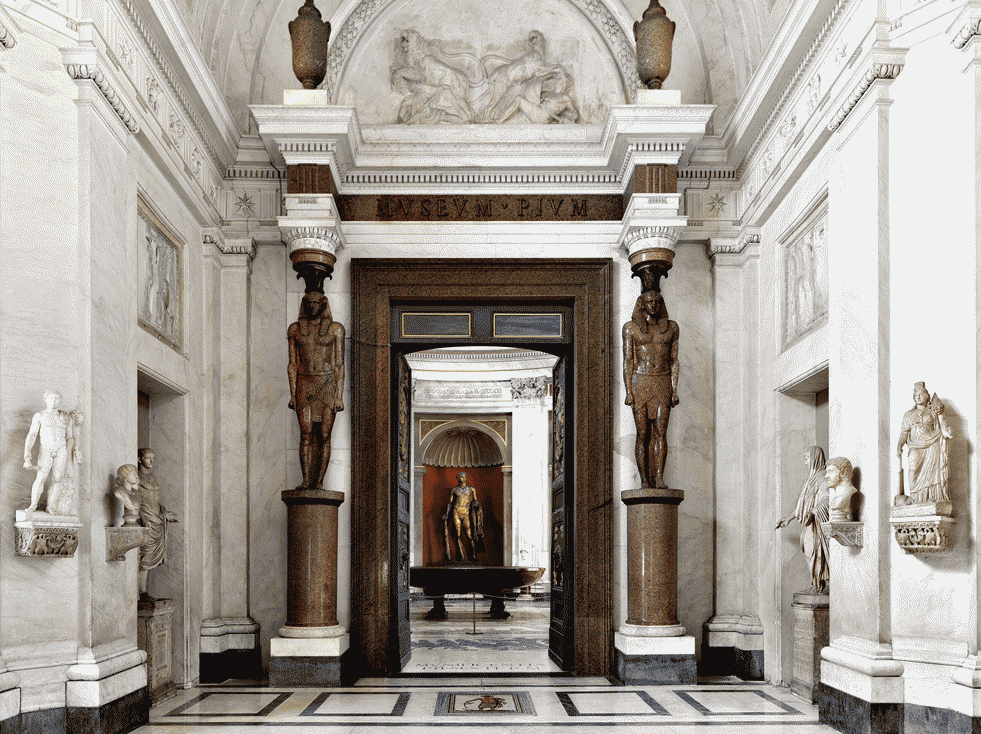Страна:
Регион:
Значение:
Время визита:
Описание:
The nucleus of the pontifical collections of classical sculpture dates back to the original collection of pope Julius II (1503–1513) which was housed in the Cortile delle Statue (today the Octagonal Court). During the second half of the 18th century the pontifical collections were enormously expanded both as a result of excavations being carried out in Rome and Lazio, and by donations from collectors and antiquaries. The influence of Enlightenment thinking resulted in the inauguration of a museum in the modern sense, open to the public and explicitly charged with the task of safeguarding antique works of art, and promoting the study and understanding of them. The Museum is called Pio Clementino after the two popes who oversaw its foundation, Clement XIV Ganganelli (1769–1774) and Pius VI Braschi (1775–1799). The museum fills several large exhibition halls which were obtained by adapting pre-existing rooms with new constructions both within and adjacent to the small Belvedere Palace of Innocent VIII (1484–92). Antique sculpture was brought here and ancient roman pieces have often had their missing parts completely restored. The neo-classical architecture was realised under the direction of Alessandro Dori, Michelangelo Simonetti, and Giuseppe Camporese and embellished by the work of a large number of painters and decorators.
With the Treaty of Tolentino (1797) the Papal States were forced to give up the principal masterpieces in the Museum to Napoleon and they were transported to Paris. Much later, following the defeat of Napoleon and the Congress of Vienna (1815), and thanks to the diplomatic efforts of Antonio Canova, the greater part of the works were recovered.
Категории:
Зачем посещать:
Интерес:
Физподготовка:
Лучшее время:
Доступ:
Roads:
Facilities:
Open:
Clothing:
Seasonable
Connection:
Ok

